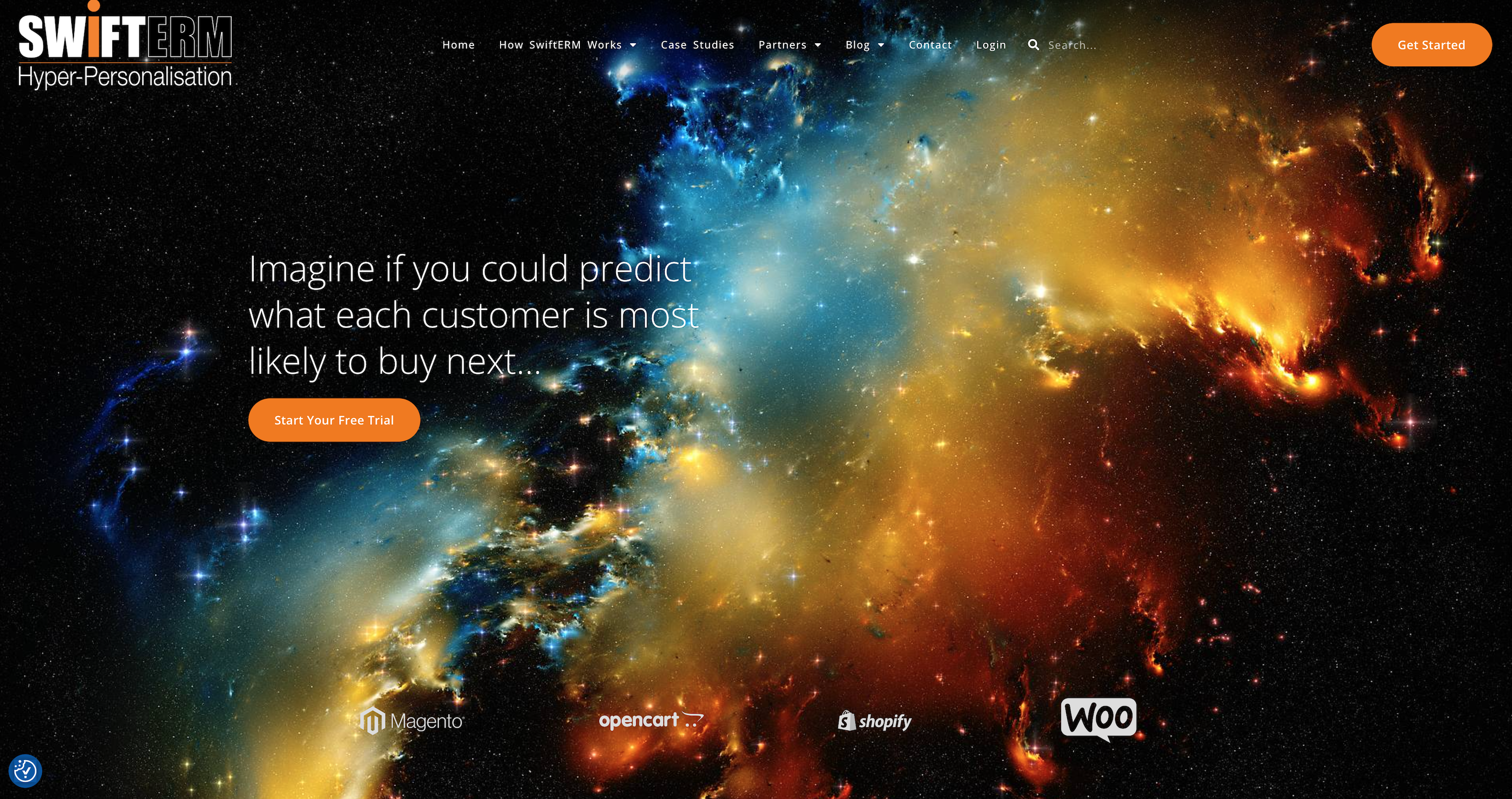Multi-touch attribution is a broad discipline that includes multiple methods and models. Knowing which model is right for your business needs depends on what you want to do with the output.
This article explains the fundamentals of multi-touch attribution, highlights the differences in available methods and models, and helps you choose the right model for your business.
What is Multi-Touch Attribution?
Multi-touch attribution is a marketing effectiveness measurement technique that takes all of the touchpoints on the consumer journey into consideration and assigns fractional credit to each so that a marketer can see how much influence each channel has on a sale. MTA offers a more sophisticated alternative to traditional, rules-based attribution approaches, such as first- and last-touch, which give all of the credit to the first or last marketing touchpoint before the consumer converts through a purchase, download or any other event.
By arbitrarily applying rules, these methods fail to measure the contribution of every touchpoint in the consumer journey accurately, causing marketers to make decisions based on skewed data. Multi-touch attribution eliminates biases by algorithmically allocating credit to every element of every touchpoint in the consumer journey, across marketing and advertising channels and tactics, according to its influence on driving a conversion event.
By leveraging individual, user-level data across addressable channels, such as direct mail, online display and paid search, multi-touch attribution calculates and assigns credit for a key performance indicator (KPI) event to the marketing touchpoints that influenced a desired business outcome. These insights into past performance can also be used to inform more efficient and effective planning and optimization decisions for future campaigns, as well as those already in flight.
Choosing a Multi-Touch Attribution Model
There are many different types of multi-touch attribution models, and the level of sophistication of each can differ dramatically. Rules-based methods are subjective, as they rely on marketers to define the rules of how credit is allocated to one or more points in the consumer journey.
Comparatively, algorithmic methodologies use objective, statistical modelling and machine-learning techniques. The output of an algorithmic model can be used to predict outcomes to help marketers plan or optimise future marketing efforts.
But even algorithmic models vary in terms of their sophistication and granularity of predictions.
No matter the method, all multi-touch attribution models help marketers determine the impact of their marketing investments at granular levels by assigning credit for a KPI event (e.g., conversion, lead, etc.) to one or more touchpoints.
Common attribution models:
Rules-Based Single-Touch Attribution:
Last Touch: In a last-touch model, the last touchpoint in the consumer journey receives 100% of the credit for the KPI event. Due to its history as the default marketing measurement methodology, marketers often use this model as a baseline for comparing other multi-touch attribution models.
First Touch: In a first-touch model, the first touchpoint in the consumer journey receives 100% of the credit for the KPI event. Marketers often use this model to measure marketing efforts that are intended to drive awareness by reaching new consumers for the first time.
Rules-Based Multi-Touch Attribution
Even Weighting: In an even-weighting model, also known as a linear model, all touchpoints in the consumer journey receive equal credit for the KPI event. Marketers often use this model to measure marketing efforts that have long consideration cycles, thus making it important to reinforce the message many times throughout the consumer journey. It’s also a good starting point for marketers who are new to multi-touch attribution and don’t have an existing understanding of the typical consumer journey across channels.
Position Based: In a position-based model, also known as a bathtub or u-shaped model, the first and last touchpoints in the consumer journey receive a higher percentage of credit than the touchpoints in between. Marketers often use this model when they want to favour the “opener” and “closer” touchpoints more heavily than “supporter” touchpoints in the middle of the consumer journey.
Time Decay: In a time-decay model, the percentage of credit gradually builds while leading up to the last touchpoint in the consumer journey. Marketers often use this model to measure marketing efforts that have short consideration cycles, such as promotional campaigns.
Algorithmic Multi-Touch Attribution
Fractional Attribution: Fractional attribution employs machine learning to calculate and assign fractional credit for a given success metric to the influential marketing touchpoints and dimensions (campaign, placement, publisher, creative, offer, etc.) along the consumer journey, and to inform future marketing spend allocations.
Not only can marketers understand optimal budget allocation at the channel and sub-channel levels, but also the most granular levels such as keyword, placement and creative. Models are rebuilt as often as daily, so marketers can make optimization decisions while campaigns are still in flight.
Incremental Attribution: Incrementality is the measure of the lift that advertising spending provides to the conversion rate. Incrementality is best used to determine not only where to allocate the budget, but also how much budget to allocate.
Marketers can determine which campaigns, creatives and placements are performing best, and whether they should be investing in them at all. Incrementality also accounts for other factors, such as pre-existing brand awareness and demographic factors, while fractional attribution does not.
Which Model is Best for You?
At a time when marketers are increasingly held accountable for results, any of these models is better than siloed channel measurement or no measurement at all. These methods will arm you with insight into the consumer journey that you didn’t have before.
Ultimately, deciding which multi-touch attribution solution is right for you depends on your goals, business requirements and how you want to use the output to improve the effectiveness of your marketing.
What is Unified Marketing Measurement?
Unified marketing measurement (UMM) is an approach to marketing analytics that combines the aggregate data and insights offered by attribution models into one holistic measurement. The integration of these various marketing analytics and models provides a comprehensive view of the success of marketing campaigns and their overall impact on driving conversions. Unified measurement provides the metrics that allow marketers to optimise marketing spend in the campaign.
Modern omnichannel campaigns span both digital and offline media. As such, marketers need to understand in real time how each campaign, on each medium, drives conversions. Moreover, marketers need visibility into how these ads resonated on an individual level to understand the optimal path for the consumer journey as well as optimal messaging. However, as access to user-level data is increasingly restricted through things like walled gardens, browser tracking restrictions, and government regulations, it has become difficult for brands to successfully measure and optimise their marketing efforts.
Unified marketing measurement helps combat this challenge by correlating aggregate data gained from methods such as marketing mix modelling with the person-level data offered by multi-touch attribution. Marketers are then able to discern which messages are the most impactful on the individual level, while still considering the broader marketing context and external factors.
Effective unified marketing measurement requires an advanced marketing analytics platform that is capable of distilling mass quantities of data into digestible metrics. Additionally, marketers must be able to perform a quality analysis of this data to glean actionable insights.
See article: Sustaining Email Attributions Models for Ecommerce
Why Unified Measurement
Because the marketing ecosystem has been extremely complicated by digital advertising over the past decade today’s buyer journeys span many devices and touchpoints before resulting in a conversion. This complexity leads to a wealth of data that is forever becoming more omnipresent and real-time in digital domains. Ultimately this leads to a lot of data to sift through before a true understanding of what is driving incremental sales can be found.
The role of Unified Measurement is to help companies get their arms around this wealth of data and make sense of it. Unified Attribution delivers fast, granular tactical reporting and recommendations.
- This can be used in Real-time Paid and Owned Media Optimisation, 1st / 3rd Party Targeting by Platform, Audience, and Next Best Action.
- Investment optimisation can be done across or within Markets, Brands, Channels, Time, Device, Campaign, Creative, Placement, Frequency, Partners
- Targeting can be done by Platform, Format, Approach, Buy-Types, Audiences, Funnel
The Benefit of Unified Measurement
- Weekly Prioritisation of Touchpoints – Identify the most effective touchpoints, messages and audiences while in-market, and course correct, optimize to achieve goals
- Granular Weekly ROI Optimisation – Review message, placement, and audience performance by week; optimize upcoming campaigns
- Optimal Targeting Plan – Select a targeting approach to drive the most returns for an upcoming month’s tactics – search caps, frequency, nameplate
Ultimately letting you understand your ecosystem better and drive incremental sales from advertising investments.





